CHOLESTYRAMINE RESIN
Synonym(s):Colestyramine;Dowex 1X2 Cl--Form
- CAS NO.:11041-12-6
- Empirical Formula: C27H47N
- Molecular Weight: 385.66878
- MDL number: MFCD00130784
- EINECS: 234-270-8
- SAFETY DATA SHEET (SDS)
- Update Date: 2025-12-17 09:50:40

What is CHOLESTYRAMINE RESIN?
Absorption
Not absorbed from the gastrointestinal tract following oral administration.
Toxicity
Overdose may result in blockage of intestine or stomach.
Chemical properties
White or almost white, fine powder, hygroscopic.
The Uses of CHOLESTYRAMINE RESIN
Antihyperlipidemic; ion-exchange resin (bile salts).
The Uses of CHOLESTYRAMINE RESIN
Cholestyramine, like colestipol, binds bile acids, which are removed from the organism in a form bound to the ion-exchange resin. They are used for the same indications.
The Uses of CHOLESTYRAMINE RESIN
Cholestyramine is used in biological study for current trends in anti-thyroid drug treatment of Graves disease. It is also used in pharmacological activity in treatment of capecitabine-induced enterocolitis.
Indications
Indicated as adjunctive therapy to diet for the reduction of elevated serum cholesterol in patients with primary hypercholesterolemia (elevated low density lipoprotein [LDL] cholesterol) who do not respond adequately to diet. Also for the relief of pruritus associated with partial biliary obstruction.
Background
Cholestyramine or colestyramine is a bile acid sequestrant. Bile acid sequestrants are polymeric compounds which serve as ion exchange resins. Cholestyramine resin is quite hydrophilic, but insoluble in water.
Definition
A synthetic, strongly basic anion exchange resin that contains functional quaternary ammonium groups linked to a styrene-divinylbenzene copolymer.
Indications
Cholestyramine is a powder that is mixed with water or another fluid before ingesting. Colestipol (Colestid) is another ion exchange resin that may be substituted in patients who find cholestyramine too constipating. Like charcoal, ion exchange resins may bind other orally administered drugs.
brand name
Cholybar (Parke- Davis); Duolite AP143 Resin (Rohm and Haas); Questran (Bristol Labs); Questran Light (Bristol Labs).
General Description
White to buff-colored fine powder. Odorless or a slight amine odor. Insoluble in water. A synthetic strongly basic anion exchange resin in which quaternary ammonium groups are attached to a styrene/divinylbenzene copolymer chain.
General Description
Cholestyramine (Cuemid,Questran) is the chloride form of a strongly basic anionexchangeresin. It is a styrene copolymer with divinylbenzenewith quaternary ammonium functional groups. After oral ingestion,cholestyramine resin remains in the gastrointestinaltract, where it readily exchanges chloride ions for bile acids inthe small intestine, to be excreted as bile salts in the feces.Cholestyramine resin is also useful in lowering plasma lipids.The reduction in the amounts of reabsorbed bile acids resultsin increased catabolism of cholesterol in bile acids in the liver.The decreased concentration of bile acids returning to theliver lowers the feedback inhibition by bile acids of 7- -hydroxylase, the rate-limiting enzyme in the conversion ofcholesterol to bile acids, increasing the breakdown of hepaticcholesterol. Although biosynthesis of cholesterol is increased,it appears that the rate of catabolism is greater, resulting in anet decrease in plasma cholesterol levels by affecting LDLclearance. The increase of LDL receptors in the liver that occurswhen its content of cholesterol is lowered augments thisbiochemical event.
Air & Water Reactions
Hygroscopic [Merck.] Insoluble in water.
Reactivity Profile
An amine. Amines are chemical bases. They neutralize acids to form salts plus water. These acid-base reactions are exothermic. The amount of heat that is evolved per mole of amine in a neutralization is largely independent of the strength of the amine as a base. Amines may be incompatible with isocyanates, halogenated organics, peroxides, phenols (acidic), epoxides, anhydrides, and acid halides. Flammable gaseous hydrogen is generated by amines in combination with strong reducing agents, such as hydrides.
Hazard
Low toxicity; tumorigen; questionable carcinogen; teratogen.
Health Hazard
SYMPTOMS: Symptoms of exposure to CHOLESTYRAMINE RESIN may include nausea, abdominal discomfort indigestion and constipation. It also causes vitamin K deficiency, rash, mucous membrane irritation, osteoporosis and eosinophilia. Other symptoms include flatulence, vomiting, diarrhea, heartburn, anorexia, steatorrhea, vitamin A and D deficiencies and hyperchloremic acidosis in children.
Fire Hazard
Flash point data for CHOLESTYRAMINE RESIN are not available. CHOLESTYRAMINE RESIN is probably combustible.
Pharmacokinetics
Cholesterol is probably the sole precursor of bile acids. During normal digestion, bile acids are secreted into the intestines. A major portion of the bile acids is absorbed from the intestinal tract and returned to the liver via the enterohepatic circulation. Only very small amounts of bile acids are found in normal serum. Cholestyramine resin adsorbs and combines with the bile acids in the intestine to form an insoluble complex which is excreted in the feces. This results in a partial removal of bile acids from the enterohepatic circulation by preventing their absorption.
Pharmacology
Cholestyramine, an anion exchange resin, is frequently effective, although, as mentioned earlier, its antipruritic effect seems separate from its ability to normalize bile salt levels.
Clinical Use
Cholestyramine resin is the drug of choice for type IIa hyperlipoproteinemia.When used in conjunction with a controlleddiet, it reduces -lipoproteins. The drug is an insolublepolymer and, thus, probably one of the safest because itis not absorbed from the gastrointestinal tract to cause systemictoxic effects.
Safety Profile
Low toxicity by ingestion. Questionable human carcinogenproducing colon tumors. An experimental teratogen. Other experimental reproductive effects. Toxic effects by ingestion: acidosis and nosebleeds. When heated to decomposition it emits acrid smoke and irritating fumes.
Synthesis
Cholestyramine (20.1.2) is a copolymer of divinylbenzene and styrene, which undergoes chloromethylation and afterwards is reacted with triethylamine.

Drug interactions
Potentially hazardous interactions with other drugs
Anticoagulants: effect of coumarins and phenindione
may be enhanced or reduced.
Ciclosporin: may interact unpredictably with
ciclosporin. Take ciclosporin at least 1 hour before or
4-6 hours after to prevent problems with absorption.
Leflunomide: avoid concomitant use.
Raloxifene, thyroid hormones, bile acids, valproate,
cardiac glycosides and mycophenolate mofetil:
absorption reduced.
Metabolism
Bile acids
Metabolism
Not applicable as colestyramine resin is not absorbed from the digestive tract.
Properties of CHOLESTYRAMINE RESIN
| storage temp. | Store at -20°C |
| solubility | Insoluble in water, in methylene chloride and in ethanol (96 per cent). |
| form | neat |
| form | Solid |
| color | White to off-white |
| Odor | odorless to sl. amine odor |
| EPA Substance Registry System | Cholestyramine (11041-12-6) |
Safety information for CHOLESTYRAMINE RESIN
Computed Descriptors for CHOLESTYRAMINE RESIN
New Products
Indole Methyl Resin tert-butyl 9-methoxy-3-azaspiro[5.5]undecane-3-carboxylate Boc-His(Boc)-OH 2-CTC Resin 4-Chloro-7-tosy1-7Hpyrrolo[2,3-d]pyrimidine 5,7-Dibromo-1H-indole 2,5-dichloro-N-hydroxy-4,6-dimethylpyridine-3-carboximidamide 2,2-Dimethoxy-7-azaspiro[3.5]nonane hydrochloride 4-chloromethyl-5-methyl-1,3-dioxol-2-one (DMDO-Cl) R-2-BENZYLOXY PROPIONIC ACID 1,1’-CARBONYLDIIMIDAZOLE 1,1’-CARBONYLDI (1,2-4 TRIAZOLE) N-METHYL INDAZOLE-3-CARBOXYLIC ACID 4-((2-hydroxyethyl)thio)benzoic acid 1-(TERT-BUTOXYCARBONYL)-2-PYRROLIDINONE Methyl 6-methylnicotinate 3-Pyridineacrylic acid tert-Butyl carbazate TETRAHYDRO-2H-PYRAN-3-OL 2-((4-morpholinophenylamino) (methylthio) methylene) malononitrile 3-(4-morpholinophenylamino)-5-amino-1H-pyrazole-4-carbonitrile 2,4-dihydroxybenzaldehyde 1,3-Diethyl-1,3-Diphenylurea Methyl 2-methylquinoline-6-carboxylateRelated products of tetrahydrofuran

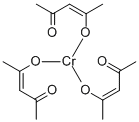





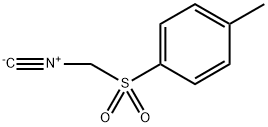
You may like
-
 11041-12-6 Cholestyramine 99%View Details
11041-12-6 Cholestyramine 99%View Details
11041-12-6 -
 11041-12-6 Cholestyramine 99%View Details
11041-12-6 Cholestyramine 99%View Details
11041-12-6 -
 Cholestyramine resin CAS 11041-12-6View Details
Cholestyramine resin CAS 11041-12-6View Details
11041-12-6 -
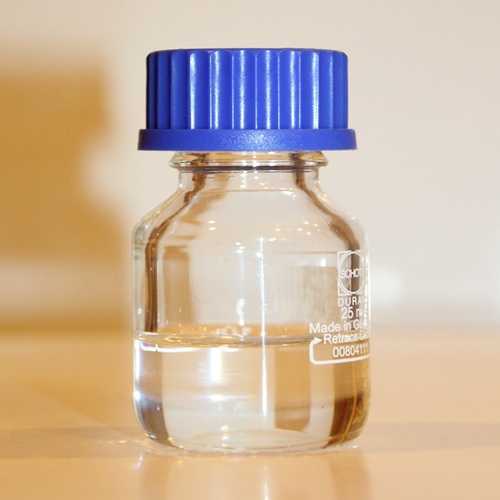 Pyridine 99.5% HPLC /UV SpectroscopyView Details
Pyridine 99.5% HPLC /UV SpectroscopyView Details
110-86-1 -
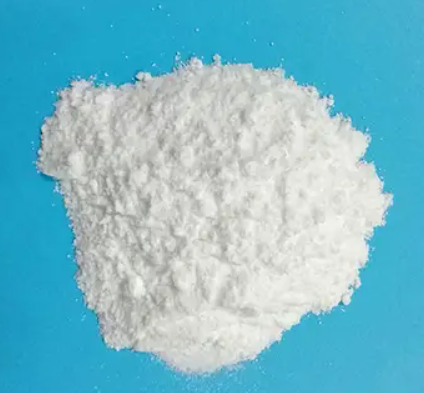 Piperazine Spot supply, best priceView Details
Piperazine Spot supply, best priceView Details
110-85-0 -
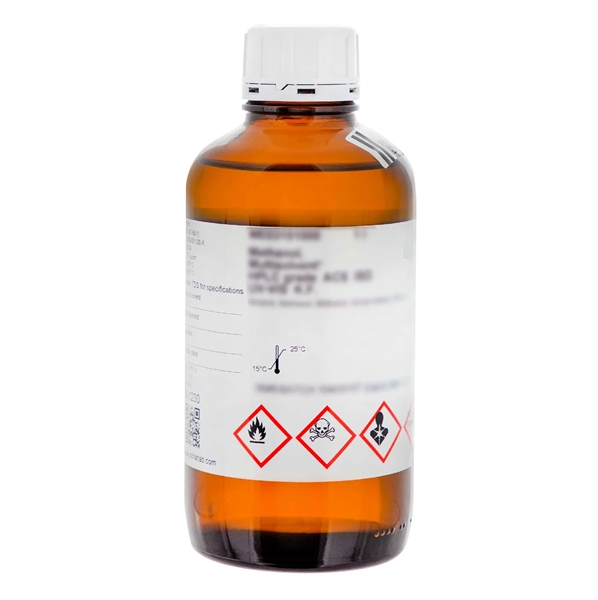 Dibutyl PhthalateView Details
Dibutyl PhthalateView Details
84-74-2 -
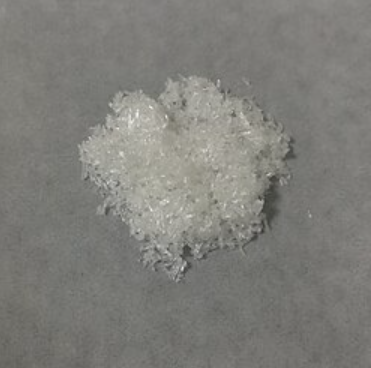 Imidazole Spot supply, competitive priceView Details
Imidazole Spot supply, competitive priceView Details
288-32-4 -
 Thiourea 99% ARView Details
Thiourea 99% ARView Details
62-56-6
